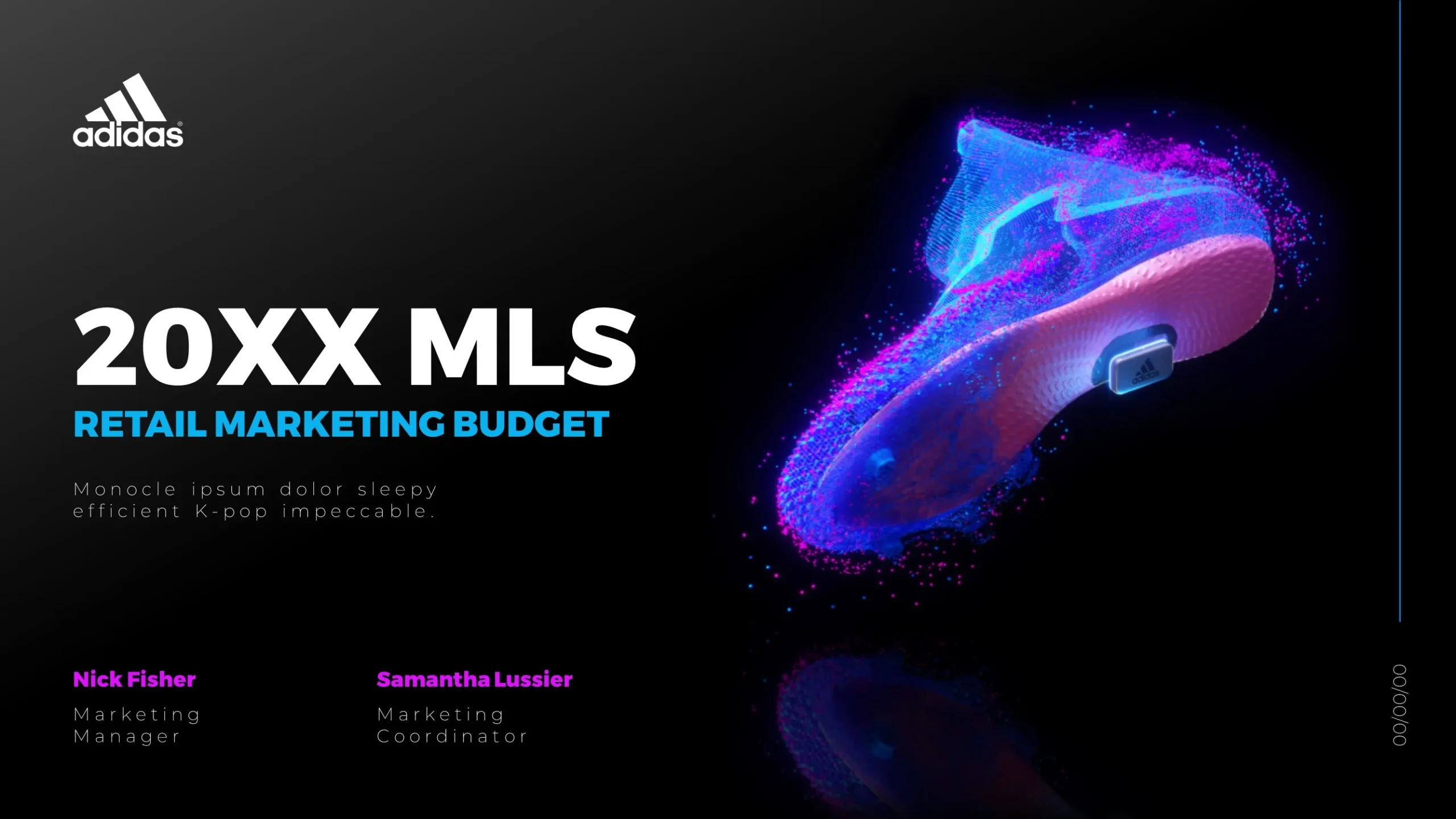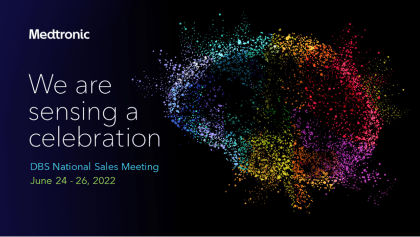Infographics serve as powerful tools for enhancing understanding, especially when it comes to complex subjects like a city’s executive budget priorities. By transforming dense data into visually appealing graphics, infographics simplify information and make it more accessible to a broader audience. They can boil down intricate budget details into digestible visual elements such as charts, graphs, and icons that highlight key figures and trends.
Using color coding and clear labels, infographics can delineate various budget categories—such as public safety, education, or infrastructure—allowing residents to quickly grasp where funds are allocated. Additionally, they can incorporate comparisons over time or juxtapose proposed budgets against actual expenditures from previous years, providing context that enhances the reader’s comprehension of fiscal decisions.
The visual nature of infographics also aids retention; studies show people remember images better than text alone. This means that stakeholders—be they citizens attending town hall meetings or local officials looking for quick insights—can recall critical information more effectively when it’s presented visually.
Furthermore, well-designed infographics foster engagement by making complex data approachable. They invite viewers to explore the information at their own pace while encouraging discussions about fiscal priorities within the community. In summary, incorporating infographics into presentations about a city’s executive budget not only clarifies financial allocations but also empowers citizens with knowledge essential for informed civic participation.
View Our Presentation Portfolio










